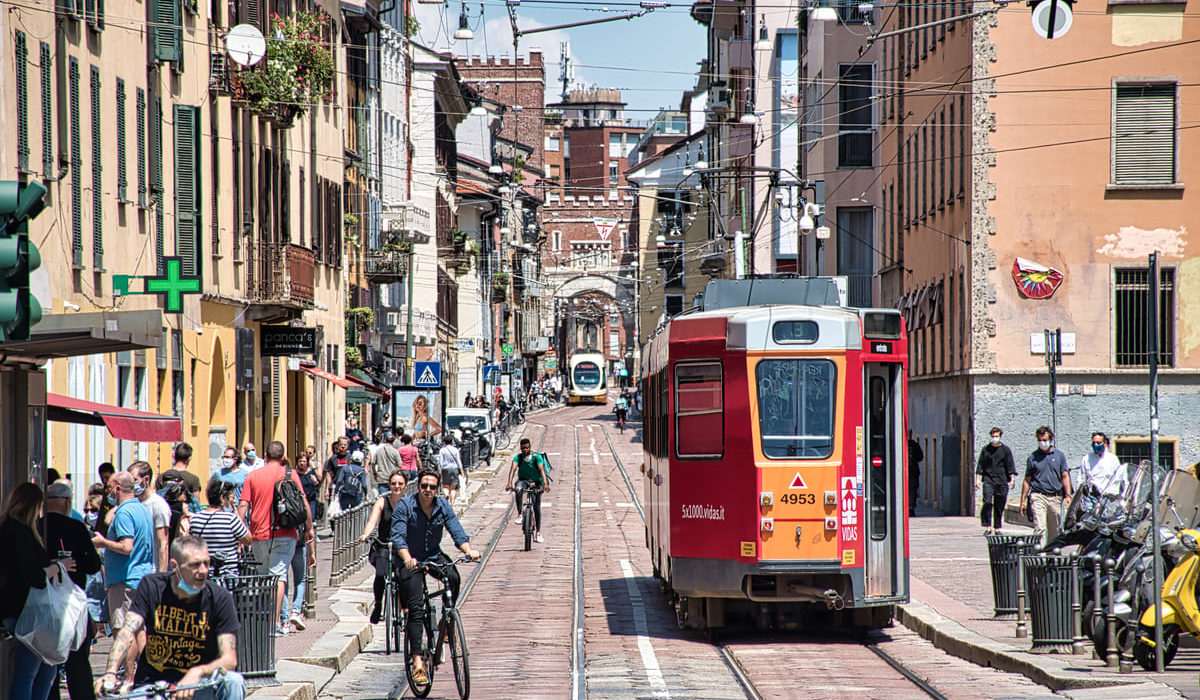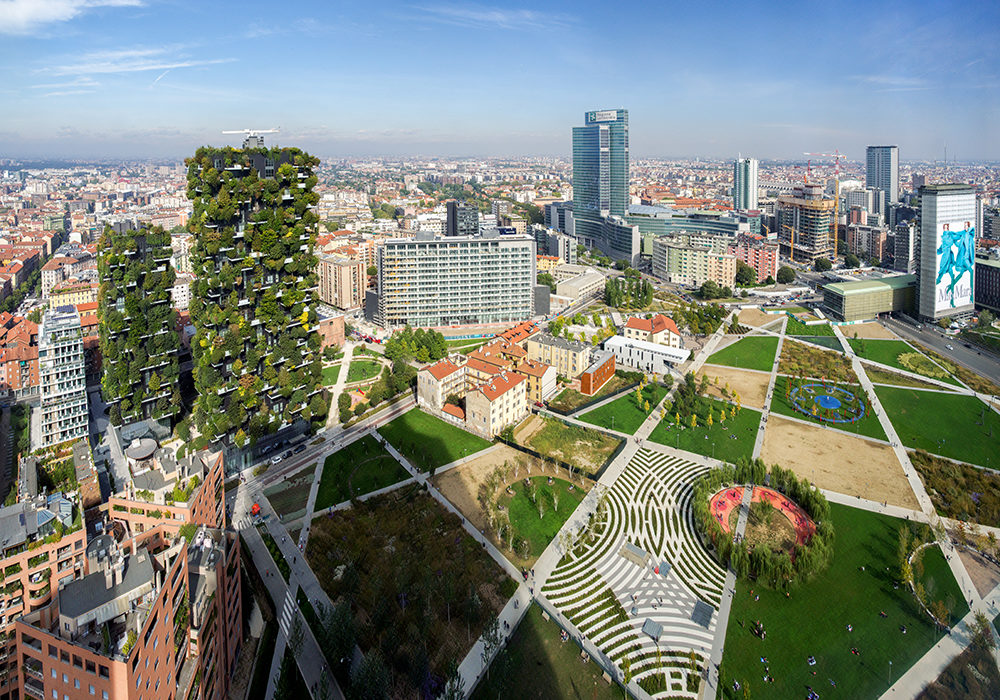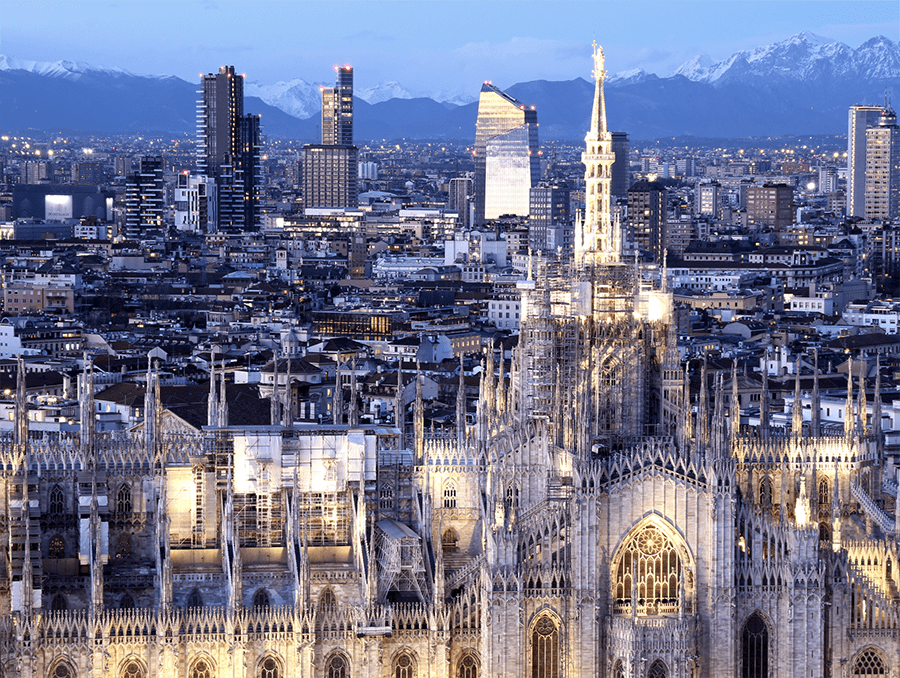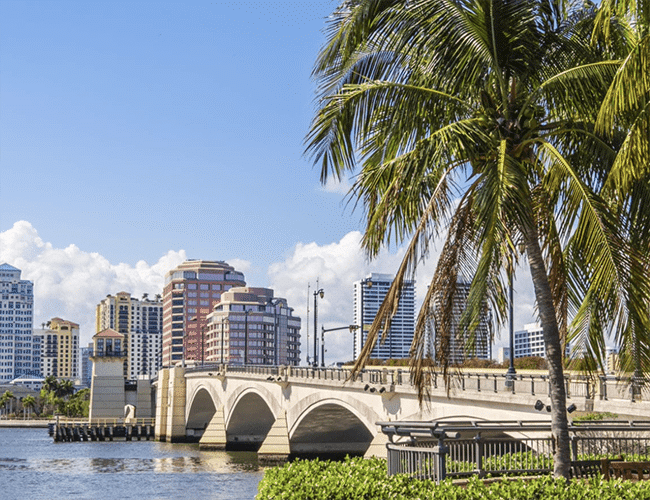The effect of luxury neighborhoods on more peripheral ones: the new real estate trend in Milan
A recent real estate report, the “Wealth Report 2024” dedicated to Milan and curated by Knight Frank, an international network specialized in luxury property brokerage, has revealed an interesting phenomenon: the rise in real estate values in luxury neighborhoods such as Porta Nuova is directly influencing prices even in traditionally less central areas like Quarto Oggiaro. Although the report does not explicitly mention these neighborhoods, it highlights the significant impact that the strong demand from foreigners in high-end neighborhoods has had on the growth of real estate prices in Milan in recent years.
Initially, it may seem surprising, considering that the study focuses on Uhnwi, i.e., those with exceptionally high net income (generally exceeding 30 million euros), a rather exclusive buyer segment. However, both Knight Frank’s report and the Tirelli & Partner Observatory confirm that the main buyers of luxury real estate in Milan are precisely these extremely high-income individuals, many of whom are foreigners. The choice of Milan as a destination for high-level business activities in the country is well known, while those seeking a quiet place for retirement or holidays tend to prefer regions such as Tuscany or Sardinia. But what makes Milan so attractive for luxury real estate investments? Christian Dominici, a Milanese accountant, explained that in addition to its status as an important international financial center, Milan also offers a high quality of life, with a vibrant cultural scene and excellent gastronomy. From an investment perspective, Milan stands out as the only Italian city capable of guaranteeing stability in values over time. While a villa in Sardinia may not maintain its value significantly over time, a luxury property in Brera or Corso Magenta offers more concrete profit prospects in the long term. A key factor that has contributed to Milan’s attractiveness for Uhnwi is the favorable tax regime offered by Italian legislation.
Those who transfer their residence to Italy can benefit from a reduced tax of 100,000 euros per year, with an additional 25,000 euros for each additional family member, thus avoiding other taxes on foreign income in countries with which Italy has agreements against double taxation. This tax advantage has led to a significant increase in individuals, including high-level athletes, choosing Milan as their tax residence. Even foreigners with more modest incomes find it advantageous to invest in real estate in Milan thanks to the generous tax incentives offered for the renovation and energy efficiency of homes.
Population registry statistics highlight the significant presence of high-income foreign citizens in Milan, mainly from France, Germany, the United Kingdom, the United States, Switzerland, and Japan, many of whom choose to reside in the central districts of the city. These data confirm the increasingly central role of Milan in the international luxury real estate investment landscape.
Source: Corriere Milano


















